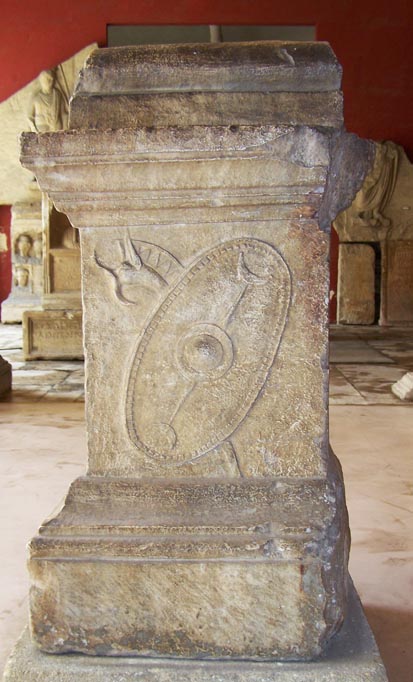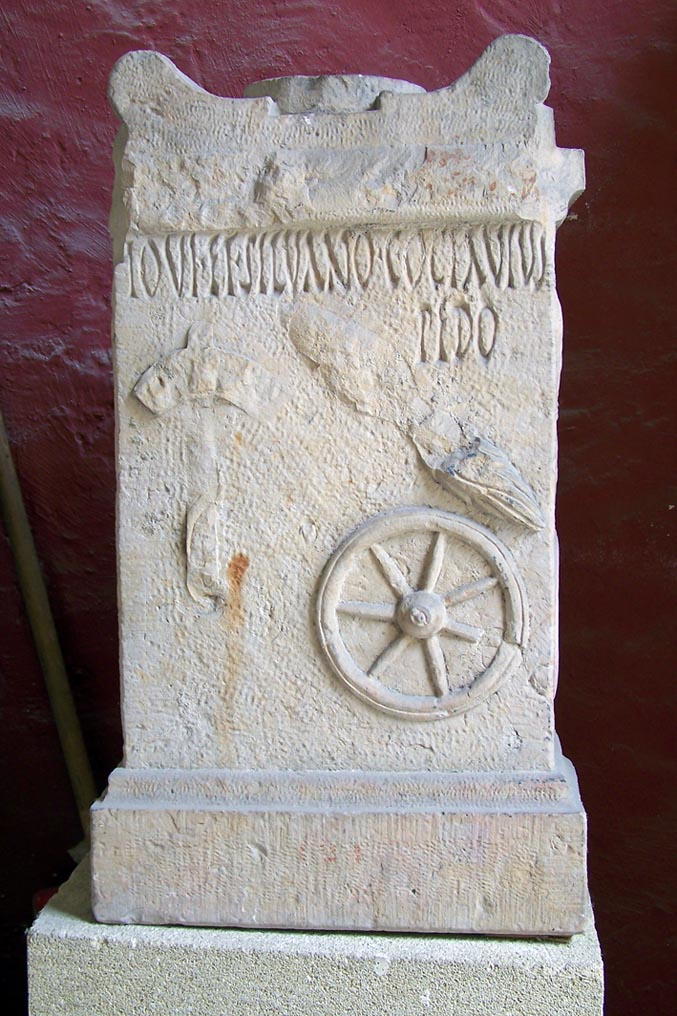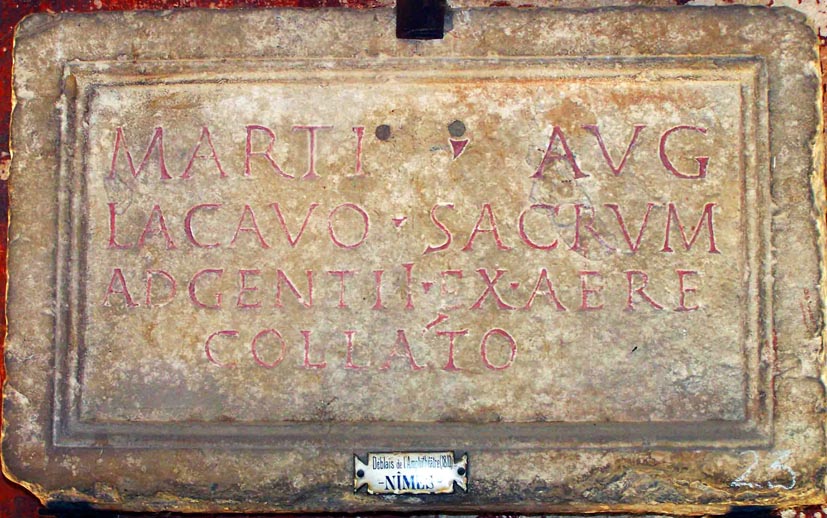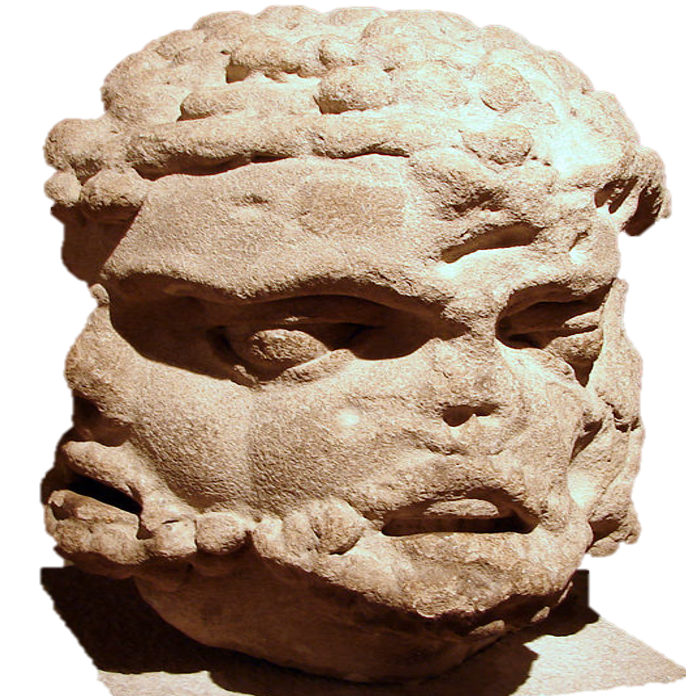| Homepage Ralph Häussler |
|
- Home
- CV
- Research
-
Celtic Religions
-
Wolf
-
City of Worms
-
Railways
- RailHeritage >
- Aberyswyth-Carmarthen
- RailWorms >
-
Tramways
>
- Tram Amsterdam
- Tram Barcelona
- Tram Basel
- Tram Berlin
- Tram Blackpool
- Tram Bonn
- Tram Bruxelles
- Crich Tram Museum
- Tram Darmstadt
- Tram Dresden
- Tram Edinburgh
- Tram Frankfurt
- Tram Graz
- Tram Grenoble
- Tram Heidelberg
- Tram Innsbruck SLB
- Tram Karlsruhe
- Tram Linz
- Tram Lisboa
- Tram Llandudno (Gt Orme)
- Tram London
- Tram Lyon
- Tram MaLu
- Tram Manchester
- Tram Milano
- Tram Montpellier
- Tram Mulhouse
- Tram Nottingham
- Tram OEG
- Tram Orleans
- Tram Paris
- Tram Reims
- Tram Roma
- Tram Salzburg
- Tram Torino
- Tram Strasbourg
- Tram Wien
- Tram Wien Badner Bahn
- Tram Worms
- Tram Zaragoza
- Tram Zurich
- NarrowGauge >
- Trolleybuses
- U-Bahn Metro
- Epona
- Pets
De-romanizing religious developments in the Roman empire
WORK-IN-PROGRESS, Site not finished...
Die "Ent-Romanisierung" religiöser Entwicklungen im römischen Reich // la "dé-romanisation" des développements religieux dans l'empire romain...
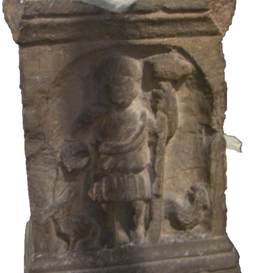
"Sucellos", Celtic for "The Good Striker" - the mallet/hammer god that was popular in Southern Gaul in Roman times, often called Silvanus... But who is he? The iconography is the result of a culture clash, resulting in a new form of representation for an indigenous divine concept... But the Roman-period representations would have hardly been recognised by a pre-Roman "Celt"...
1. "De-Romanization"?
What do I mean by "De-Romanisation"...?
This page is very much about the old debate about the term "Romanisation"... Even if we try to avoid the term "Romanisation" nowadays, the underlying understandings are often still present how people present and think about developments in the Roman Empire. And in some scholarly traditions they are still very strong. In a recent publication in French, for example, the reader was told that "Romanisation is a fact"...
|
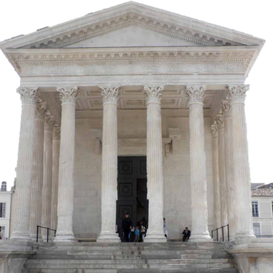
Nîmes, Maison Carrée: Temple of the Augustan period and visbile symbol for the "Roman-ness" of this important city in Southern Gaul which saw important investment under Augustus! But was this temple really at the heart of the religious life of this community...? Did it promote Roman-style cults, deities, rituals,...?
2. Municipalisation & Religion?
There is still a dominant academic discourse that suggests the "Romanisation" of "provincial religions", notably as a result of the urbanisation and municipalisation of "city states" in Greco-Roman form... (cf. publications, e.g. by W. van Andringa: Religion en Gaule romaine: piété et politique. Paris 2002).
|
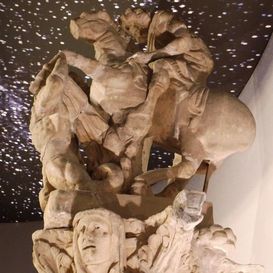
Jupitergigantenreiter ("Jupiter-Giant column"), typical for Eastern Gaul in Roman times. No, Roman Jupiters do not ride horses... A new image had developed to represent a local myth, a fight between a celestial and a chthonic deity (the latter is represented by the snake-like giant with human head). Greco-Roman iconography employed to represent a myth that has more similarities with pre-Roman "Celtic" coins
(musée Metz, photo by author R.H.).
3. More diversity, not less...!
The traditional, and unfortunately still predominant, discourses suggest that religious activities become increasingly "Roman " in nature... But why should they? The foundation or re-foundation of a Roman-style city does not mean that its inhabitants had to follow Roman religion... And Rome certainly had no "missionary" intentions or any Sendungsbewusstsein...
In fact, already Festus tell us in his definition of the so-called "municipal cults" (s.v. municipalia sacra, 146L): Municipalia sacra vocantur, quae ab initio habuerunt ante civitatem Romanam acceptam; quae observare eos voluerunt pontifices, et eo more facere, quo adsuessent antiquitus. "Those sacra are called municipalia that a people had from its origin, before receiving Roman citizenship, and which the pontifices (="high priests") wanted them to continue to observe and perform in the way in which they had been accustomed to perform them from antiquity.” If the Romans did not impose their cults, even on Roman-citizen communities, then we need to ask why change was happening, and often rather rapidly...:
|
case study: "non-Romanness" in a Roman colonia
Growing together in an entangled world...
Disclaimer: please surf at your own risk...
The information contained in this website is for general information purposes only. I endeavour to keep the information up to date and correct, but I cannot guarantee its completeness, accuracy, reliability or suitability. I am not responsible for any action taken as a result of the information or advice on my website.
Through this website you are able to link to other, external websites which are not under my control; these links are being provided as a convenience and for informational purposes only; the inclusion of any links does not necessarily imply a recommendation or endorse the views expressed within them, and I bear no responsibility for the accuracy, legality or content of the external site or for that of subsequent links. Contact the external site for answers to questions regarding its content.
Amazon Links: Some of the links for recommended books lead to Amazon website and include commercialisation.
Copyright:
The content and research of this website is protected by copyright. No portion of this website may be copied or replicated in any form without the written consent of the website owner. Many of the images on this page come from external sites: I have tried to find out the copyright owners of all the images on this page and I apologise if I missed someone or if I was not able to find the original sources/photographer/copyright owner. The site is still work-in-progress: sorry if I forgot to add a reference.
How to cite this page:
Ralph Haeussler
The information contained in this website is for general information purposes only. I endeavour to keep the information up to date and correct, but I cannot guarantee its completeness, accuracy, reliability or suitability. I am not responsible for any action taken as a result of the information or advice on my website.
Through this website you are able to link to other, external websites which are not under my control; these links are being provided as a convenience and for informational purposes only; the inclusion of any links does not necessarily imply a recommendation or endorse the views expressed within them, and I bear no responsibility for the accuracy, legality or content of the external site or for that of subsequent links. Contact the external site for answers to questions regarding its content.
Amazon Links: Some of the links for recommended books lead to Amazon website and include commercialisation.
Copyright:
The content and research of this website is protected by copyright. No portion of this website may be copied or replicated in any form without the written consent of the website owner. Many of the images on this page come from external sites: I have tried to find out the copyright owners of all the images on this page and I apologise if I missed someone or if I was not able to find the original sources/photographer/copyright owner. The site is still work-in-progress: sorry if I forgot to add a reference.
How to cite this page:
Ralph Haeussler
